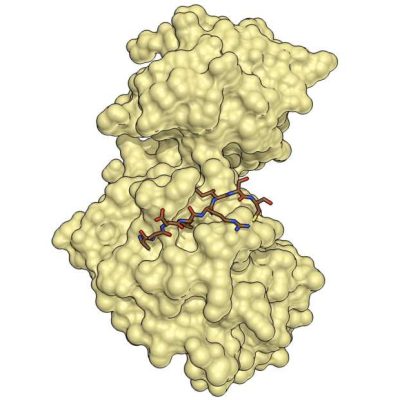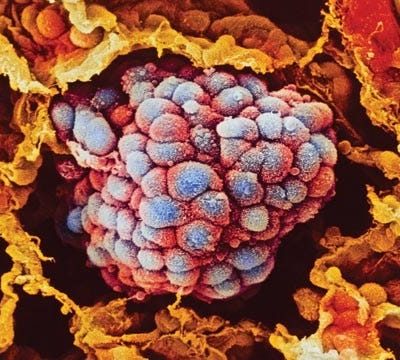Curious about how reduced oxygen levels can lead to a stronger and larger heart in alligators? While lack of oxygen during early development harms the hearts of many organisms, alligators defy the norm; less oxygen doesn’t harm their hearts but, intriguingly, makes them more robust.
Alligators, along with various lizards and turtles, commence their life journey as eggs concealed deep within nests. Interestingly, those eggs buried deeper, receiving less oxygen, showcase a positive impact on heart development. Lead researcher Sarah Alderman from the University of Guelph (Canada) notes, “In alligators, we see something clear: the ones with less oxygen in the nest actually survive.”
Alligators that undergo development in conditions of reduced oxygen (hypoxia) exhibit hearts that are both stronger and larger compared to their counterparts exposed to higher oxygen levels during their embryonic stage. These enhanced hearts prove more resilient during physical stress, such as prolonged breath-holding. The findings, published in the journal Nature in July 2019, delve into the specific changes that contribute to the formation of a heart that is more durable and efficient.
A team of researchers aimed to identify the proteins synthesized in the heart during hypoxia, shedding light on the underlying mechanisms. The study revealed an abundance of molecules involved in crafting cardiac proteins under low oxygen conditions. These molecules played roles in packaging proteins within cells, swiftly eliminating damaged proteins, and recycling them. Additionally, hypoxic hearts exhibited an excess of proteins facilitating the breakdown of fats—a crucial process for preventing fat accumulation in cells. Future research endeavors aim to uncover the genetic and biochemical pathways responsible for these protein levels, potentially offering insights for treating individuals with weak hearts.










